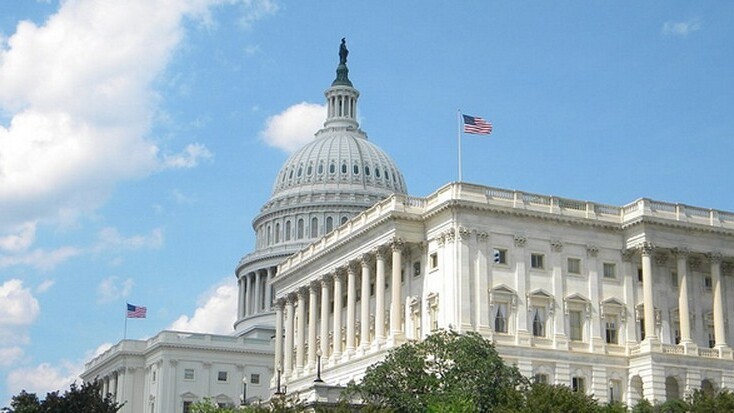
A report in the Washington Post outlines Presidential Policy Directive 20, the United States’ new method of dealing with cyber-attacks.
While Congress wrestles itself into the ground on cybersecurity, the White House has been at work plugging holes in the nation’s response to certain digital threats. It was signed in October.
According to the Post, a paper that is well known for its deep sources in the government, the directive “establishes a broad and strict set of standards to guide the operations of federal agencies in confronting threats in cyberspace.” In short, as threats of a new form crop up, the government has a plan on how to meet them, at least in theory.
I want to pause for a moment to examine a small piece of language. Read the following, from the story linked above:
The new directive is the most extensive White House effort to date to wrestle with what constitutes an “offensive” and a “defensive” action in the rapidly evolving world of cyberwar and cyberterrorism, where an attack can be launched in milliseconds by unknown assailants utilizing a circuitous route.
That painful sentence underlines why the public is so sadly uninformed about digital strife: its press is as well. To that end, TNW’s coverage of cybersecurity is mandatory reading.
Back to the issue at hand, Directive 20 will help the government come to decisions more quickly about what threats are, how it can respond to them, and what resources to use. The Pentagon is working no similar “rules of engagement,” the Post reports.
The key to this is that Washington is taking digital security and warfare very seriously. However, with bills such as CISPA managing to pass one chamber of Congress, and functional bills not, work remains ahead.
Directive 20, despite how little we know about it, therefore can be viewed as another notch in our nation’s preparedness belt.
Top Image Credit: ttarasiuk
Get the TNW newsletter
Get the most important tech news in your inbox each week.





